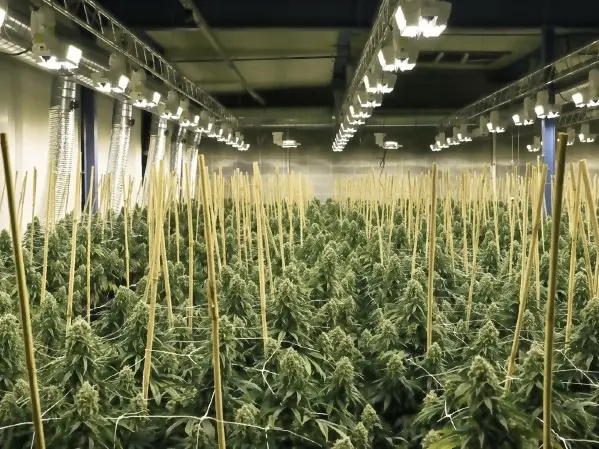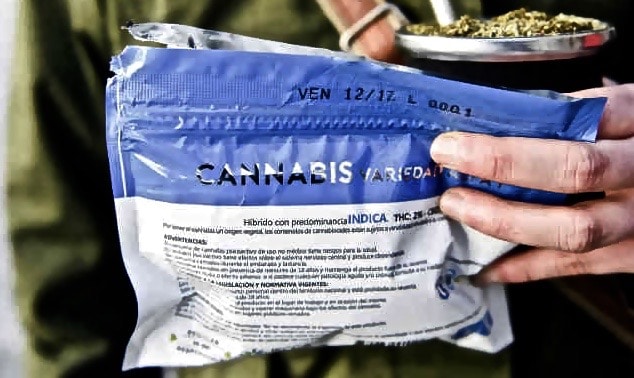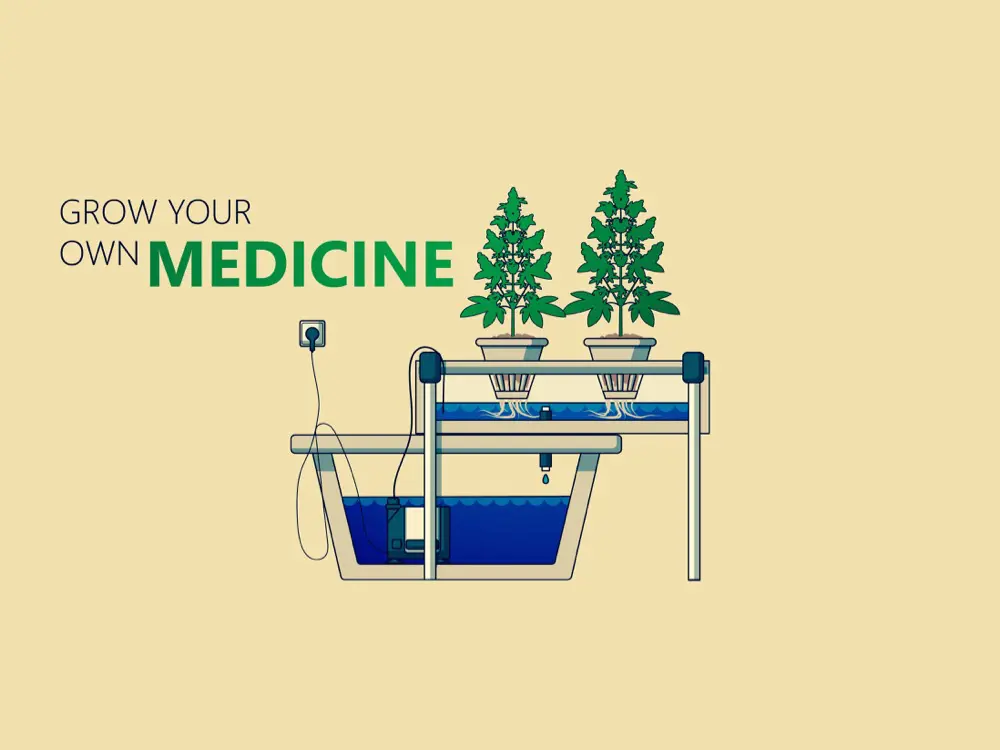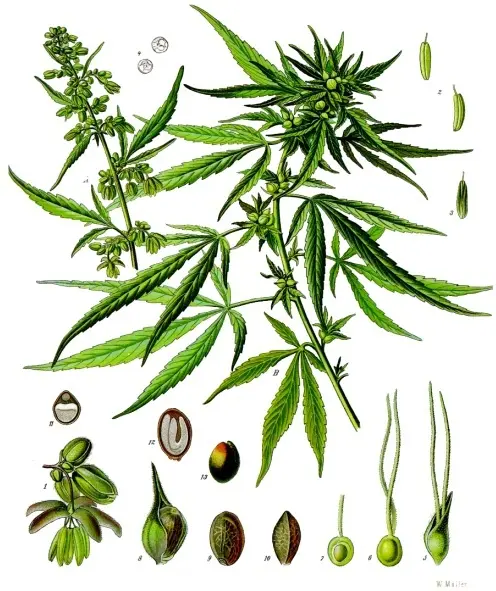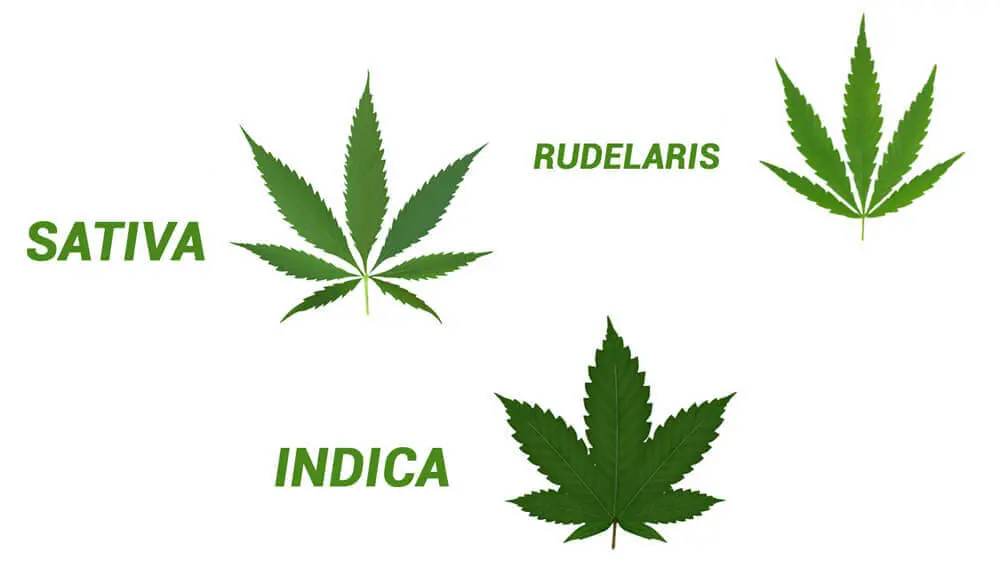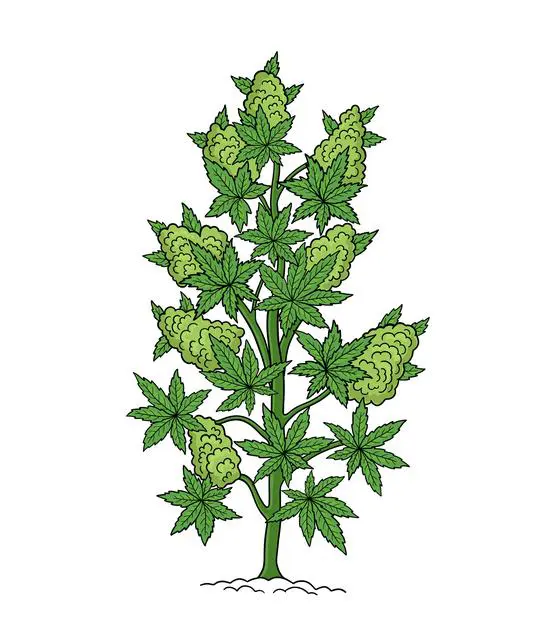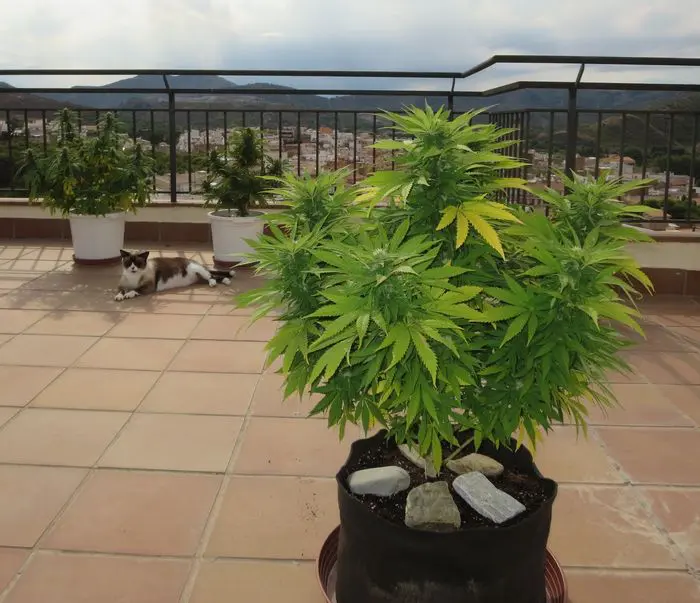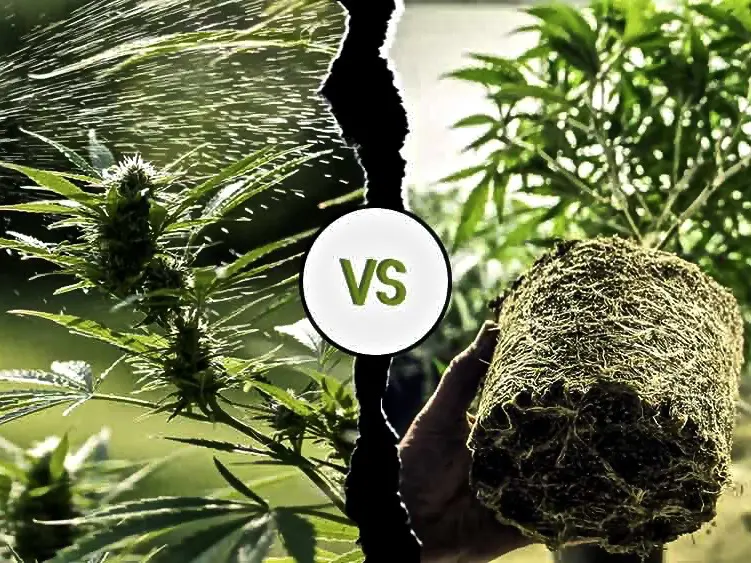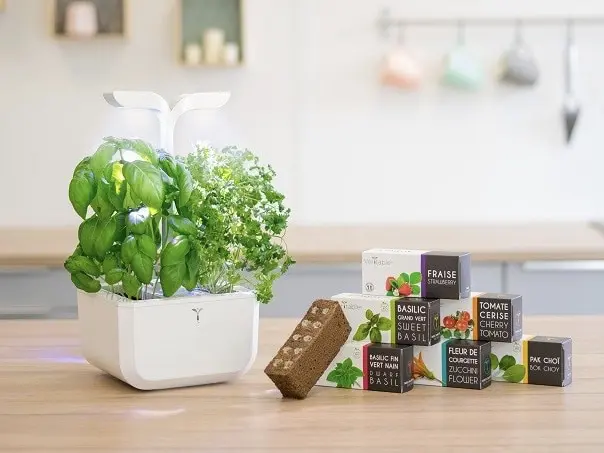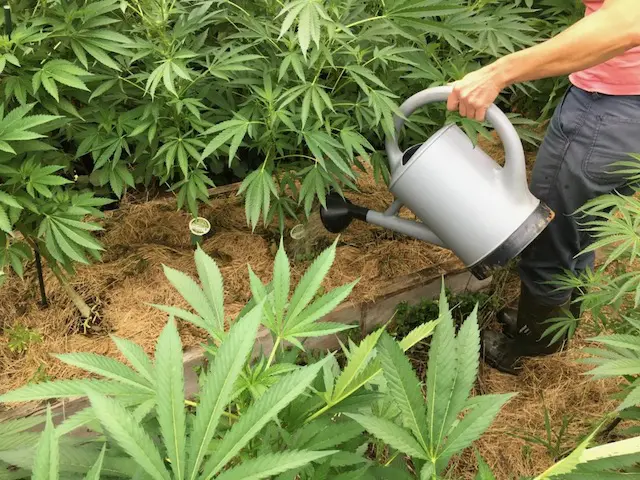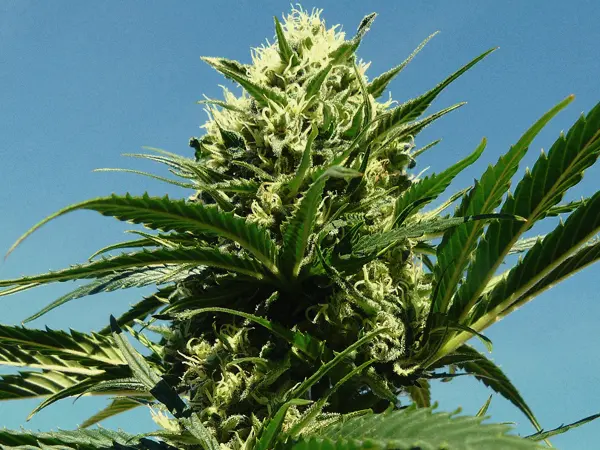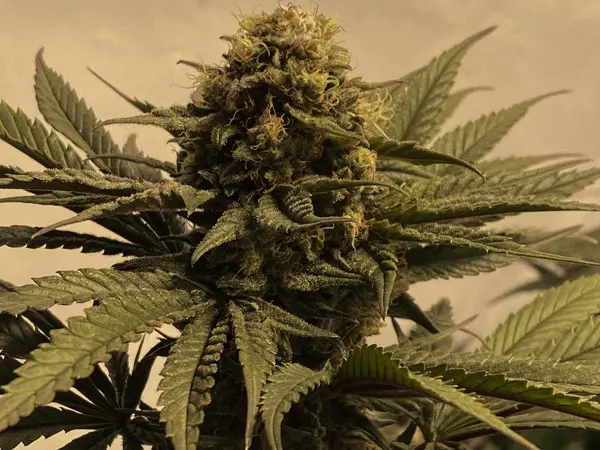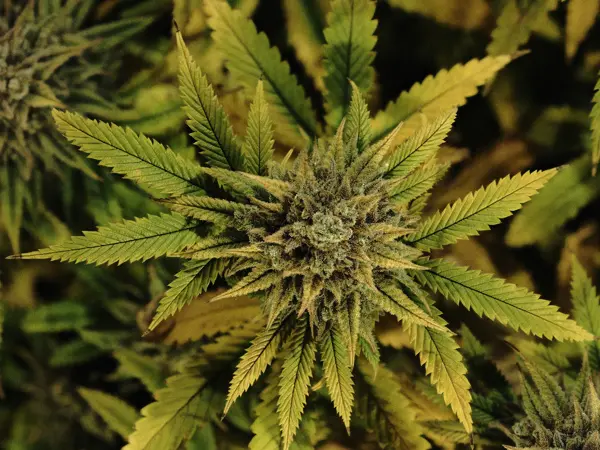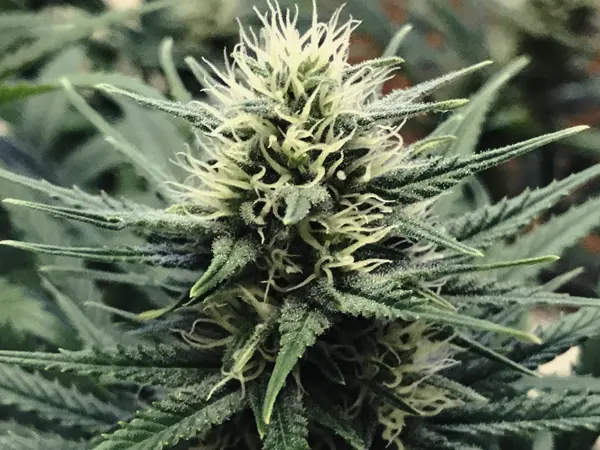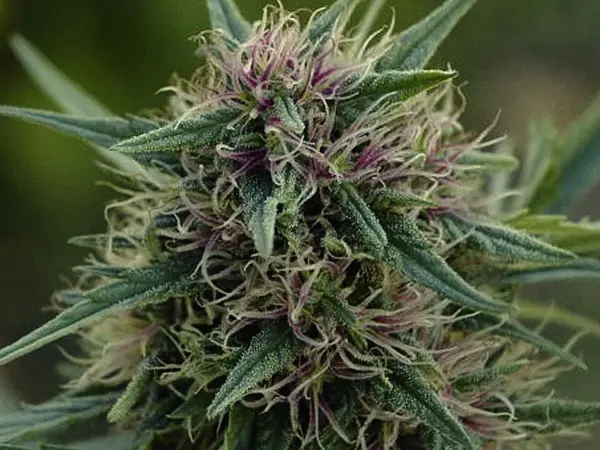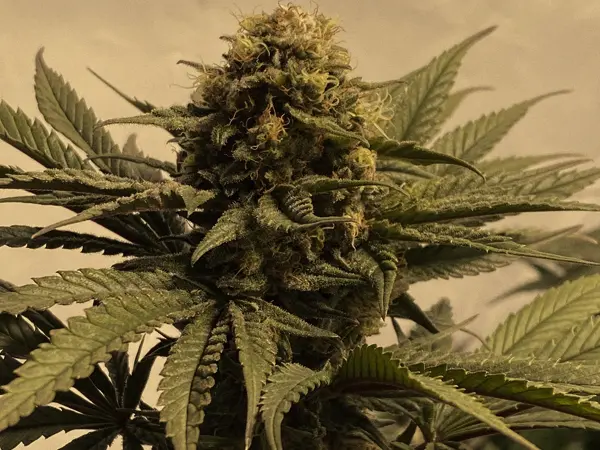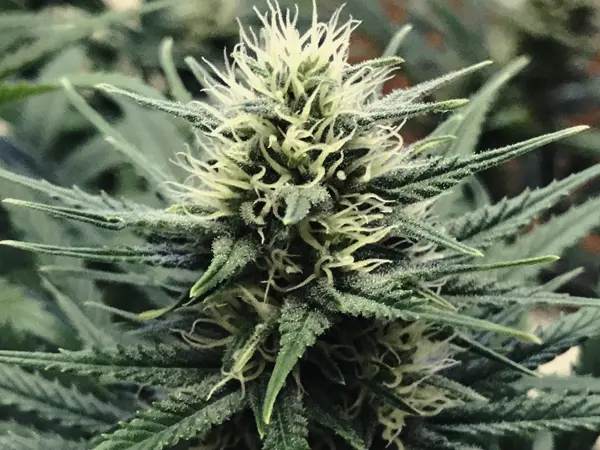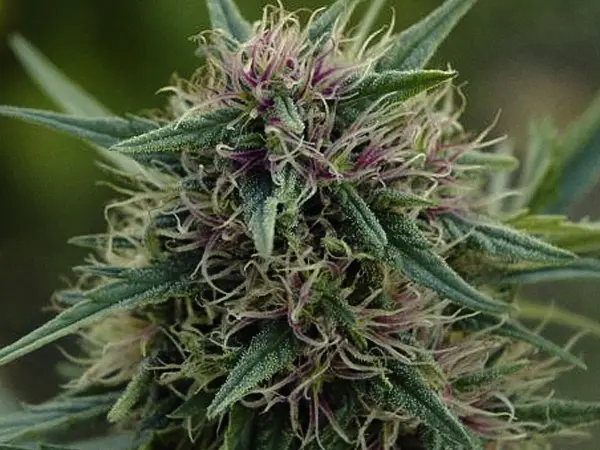Contrairement aux plantations contrôlées, la culture mafieuse de cannabis s’avère désastreuse pour la biodiversité, l’eau et le climat. Exemples choisis en Californie et au Maroc.
La culture industrielle hors-la-loi de weed est une véritable saloperie. Rien de moral, là dedans: c’est juste le résultat de l’écobilan des plantations illégales de cannabis. Qu’on en juge plutôt.
Le sujet est bien documenté en Californie, état qui abrite plus d’un fumeur américain sur deux. Avant que la culture n’y soit autorisée, le Golden State a été la terre promise des illégaux. Avec des dégâts à la clé. Souvent nichées dans des espaces naturels, les plantations ont fortement dégradé les biotopes. Les outlaws n’hésitant pas à drainer les zones humides (à la riche biodiversité) pour annexer de nouvelles terres, à épandre des pesticides jamais bienvenus dans la nature.
Plus gloutonnes que les vignobles
L’été, les cultivateurs n’hésitent pas non plus à pomper massivement l’eau des rivières pour irriguer leurs rangs de weed. Selon les calculs de Scott Bauer (département de la faune sauvage de Californie), l’irrigation d’un km2 de cannabis consomme près de 3 milliards de litres d’eau par saison. Au total, la weed illégale engloutit deux fois plus d’eau que les vignobles californiens.
Un désastre pour une région désertique, soumise à des vagues de chaleur régulière depuis une dizaine d’années. Dans le triangle d’émeraude, la martre de Humboldt (Martes caurina humboldtensis) et nombre de chouettes ont fuit devant les milliers de plantations sauvages que cette zone du nord-ouest de la Californie abrite désormais.
Contre-exemple marocain
Moins d’espaces naturels, moins d’eau, des pesticides jusqu’à plus soif : c’est la porte ouverte à la déforestation, émettrice de gaz à effet de serre. Un sujet que connaissent bien les autorités marocaines. Depuis des décennies, le royaume chérifien produit et exporte cannabis et résine vers l’Europe. Plus de 130 000 hectares étaient affectés à cette culture, avant la légalisation, il y a quelques semaines, de la culture du cannabis « thérapeutique ». Cela ne devrait pas arranger l’état de la forêt marocaine, ni celui du climat.
Un dernier exemple pour la route ? Pour être rentable, la culture indoor de weed est grande consommatrice d’eau, de nutriments, de pesticides et … d’électricité. Cette dernière alimente les systèmes de filtration d’air, les pompes et les lampes qui ne s’éteignent pratiquement jamais.
Environ 3% de l’électricité californienne alimentent des serres à cannabiques, dont plus des deux tiers sont encore illégales. La production d’un kWh d’électricité californienne émettant, en moyenne, 430 grammes de CO2, on peut donc estimer que la mafia du cannabis californienne émet, directement, près d’un demi million de tonnes de gaz carbonique par an.
Et sans payer le moindre quota d’émissions !

